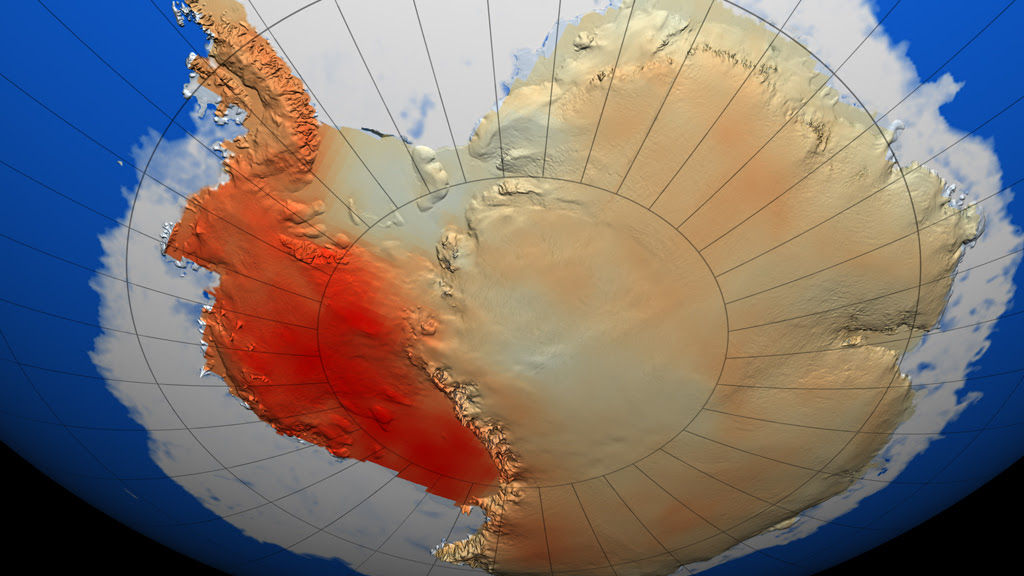El Niño is the warmest phase of the El Niño Southern Oscillation (ENSO) that occurs over the eastern tropical Pacific Ocean. Along with the cooler phase, La Niña, it influences weather patterns around the world.
The new report, released Tuesday, Feb. 21, by the Commonwealth Scientific and Industrial Research Organization, the national science agency, pointed out that the variability of ENSO reduces warming near the ocean surface but accelerates warming in deeper waters.
“Climate change is expected to increase the magnitude of ENSO, making El Niño and La Niña stronger,” he said.
“This new research shows that a stronger El Niño can accelerate the warming of the deep waters of the Antarctic shelf, causing the shelves and ice caps to melt more quickly.”
He also announces that the modelling also revealed that warming around the edges of floating sea ice is slowed during this process, which slows the melting of near-surface sea ice.
Professor Cai and his team examined 31 climate models under a high emissions scenario.
Within countries with higher ENSO variability, there is less upwelling of deeper, warmer water due to less intense westerly winds, resulting in slower warming of the ocean surface.

Professor Ariaan Purich who is, from Monash University, estimated that the variability of ENSO could have broad implications for global climate.



Comment here